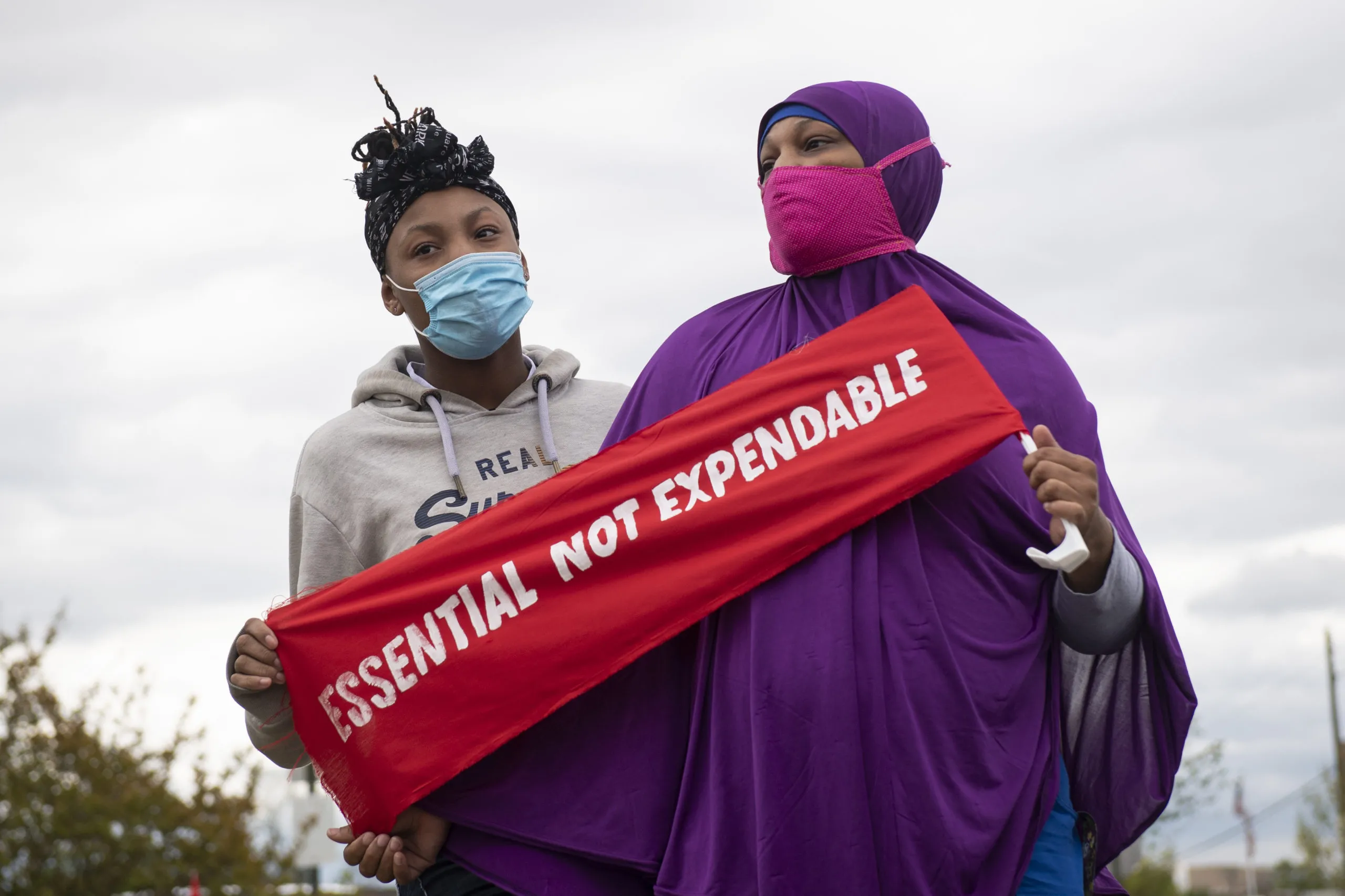Women and people of color, particularly black and indigenous women, are dying from COVID-19 in the U.S. as they attempt to survive in a system that ignores their basic needs.
This is just one of many truths uncovered in CARE’s first-ever domestic report, which reveals that structural realities and biases in the United States put Black, Indigenous, and people of color (BIPOC) communities, particularly women in those communities, at higher exposure to infection and greater vulnerability to the harmful health, social and economic impacts of COVID-19.
CARE’s Rapid Gender Analysis: COVID-19 in the United States shows that we must do more to amplify the voices of community-centered organizations fighting COVID-19 here at home, promote more gender-balanced and inclusive decision-making, and ensure any response to the pandemic supports a more equitable, healthy, resilient, and just U.S. for all.
Here’s 5 things we learned from CARE’s domestic Rapid Gender Analysis:
1. Poverty and historic under-investment of women and BIPOC communities intensify the impacts of COVID-19.
Poverty in marginalized communities in the U.S. – which reflects deep and longstanding injustice and discrimination – has amplified existing social, economic, political, and historical inequalities. Women are 35 percent more likely to live in poverty than men, and Native Americans account for 25 percent of poverty in the U.S. while making up less than 2 percent of the general population. As a result, BIPOC communities, especially women in those communities, are disproportionately denied food, housing, water and education.

